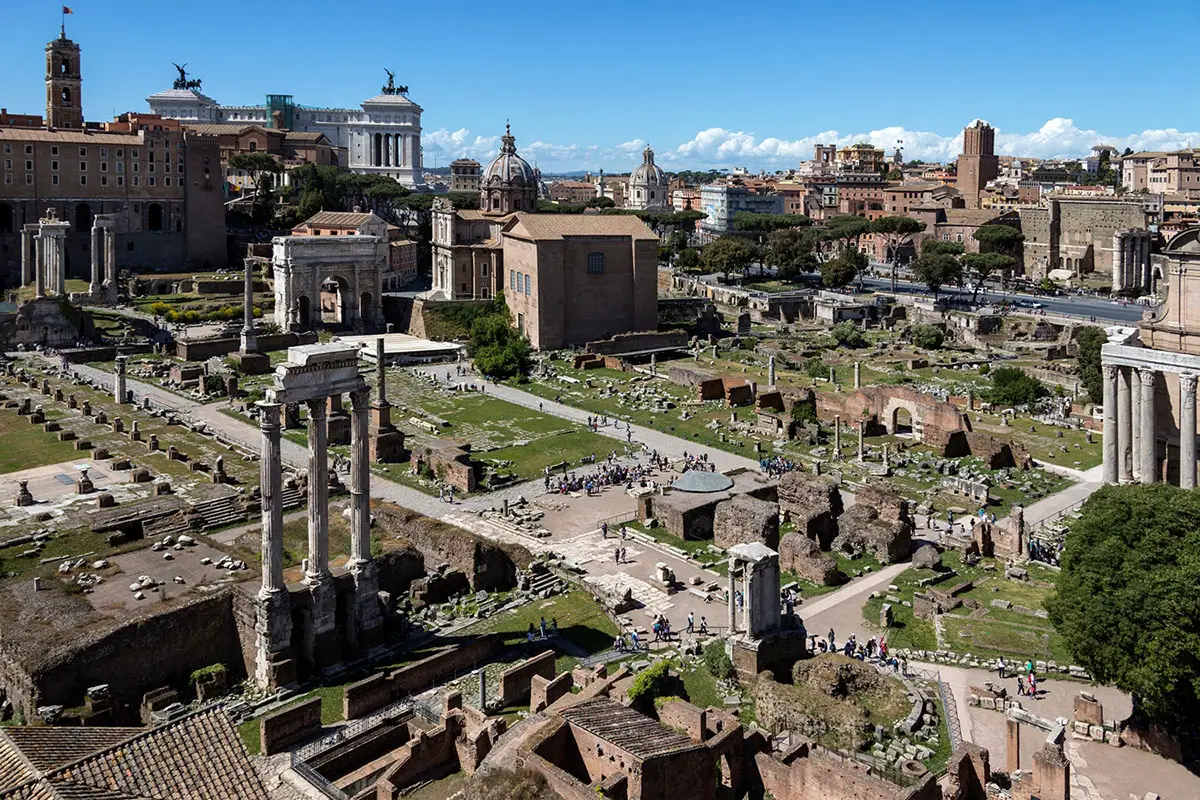The Palatine Hill is likely to have been shadowed by its neighbor, the Colosseum. No trip to Rome is complete without an exploration of Ancient Rome.
The majestic hill stands over the Rome Forums and Circus Maximus. The ruins of the ancient temples are visible from a distance and once ruled emperors, as well as temple sites. They were at the heart of Rome’s most powerful myth — the Circus Maximus.
The ancient Roman city has never been better without knowing the Palatines or its amazing history.
Rome was once the most powerful empire in the world. And as you walk through the ruins of the ancient Roman Forum, it’s not hard to see why. This is where the Roman Senate met to pass laws, where famous speeches were made, and where some of the most important decisions in history were made.
The Forum was also the center of religious and social life in Rome. Here, you can see the remains of temples and shrines dedicated to the Roman gods, as well as the ruins of public baths and markets. It’s easy to imagine the bustle and activity that took place here centuries ago.
The last time I visited, we were lucky that it wasn’t too crowded. It made it so much easier to see everything in this ancient city in its full glory.
And as you walk along Via dei Fori Imperiali, between Piazza Venezia and the Colosseum, you will literally be enraptured by the magnitude of these magnificent ruins.
What is Palatine Hill?
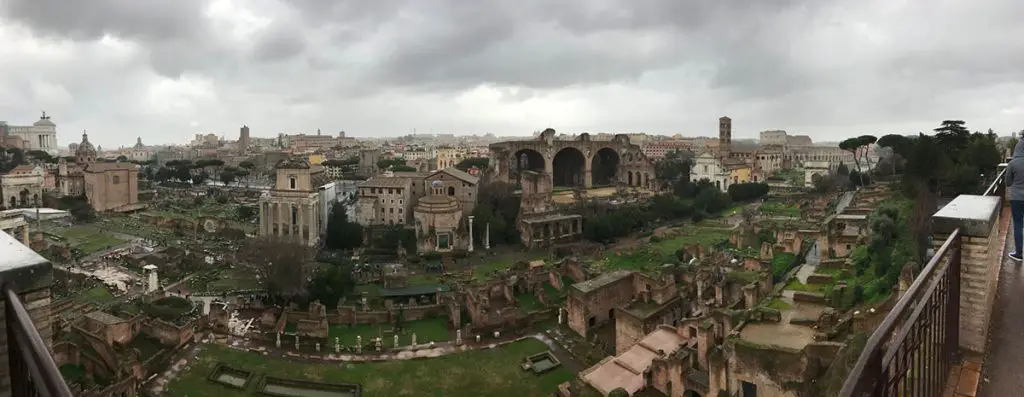
The significance of Palatine Hill is that the site of Rome was established by Romulus. The Palatine hills are home to the Lupercal Cave, where legend tells of the Remus brothers Romulus and Remus being found by the she-wolf Lupa, a symbol of Rome. The hills later became a residential area that attracted noble people. It was also assumed that the air had cleaner levels on this hillside and the nobles had fewer chances of receiving disease than the poorer class.
Palatine Hill is truly one of the most famous historical sites in Rome. This is where Romulus, the legendary founder of Rome, is said to have built his first settlement. Over time, the Palatine Hill became home to some of the most powerful families in Rome, including Julius Caesar.
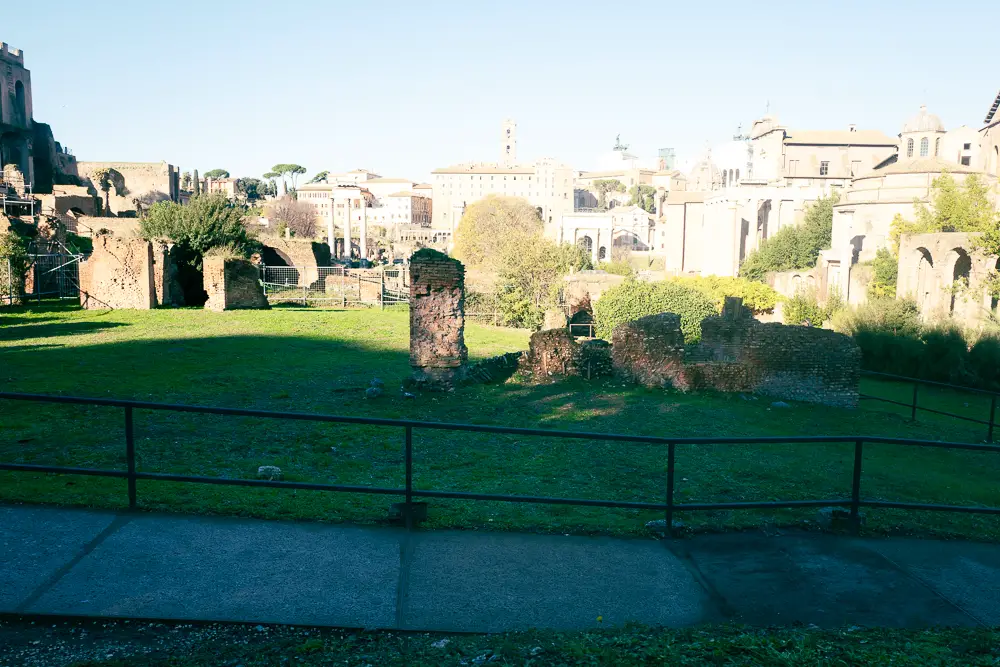
As a result, the hill became increasingly crowded, and its buildings grew taller and taller. By the time of the Roman Empire, Palatine Hill was one of the most densely populated areas in Rome.
Today, visitors can explore the ruins of these ancient buildings, including the House of Augustus and the House of Livia. And if they’re lucky, they might even spot a few Roman ghosts! Don’t miss some of the other top museums in Rome while you’re visiting!
The Palatine Hill – what to expect
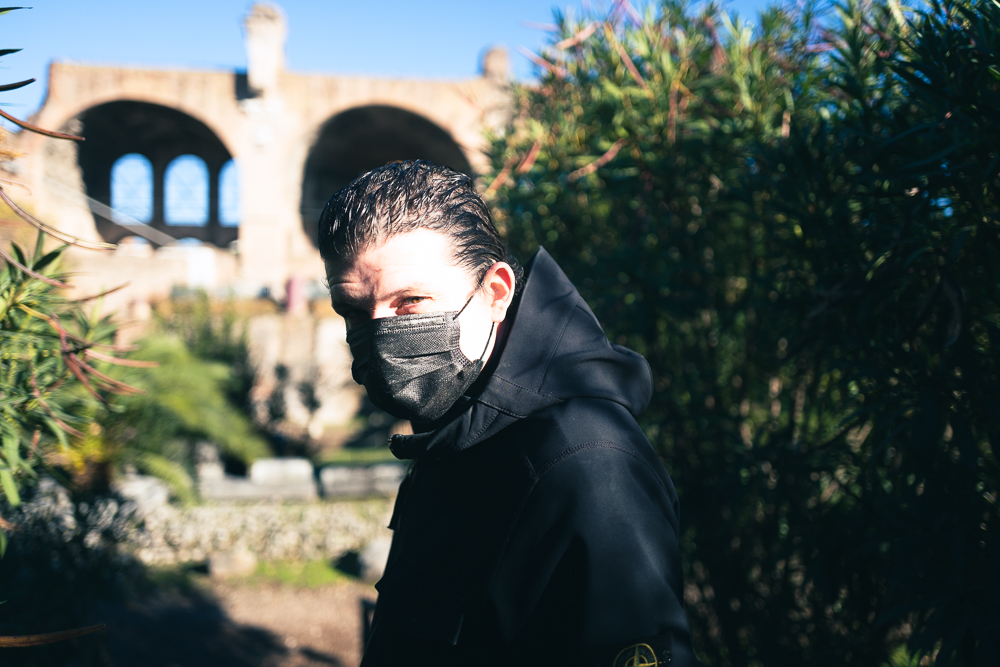
Palatine Hill covers quite a large area, and the more you ascend this hill, the more exposed the sun will be. A short distance from the gate the hilltops out into the countryside and looks much like bog. Almost all major excavation sites lie in a mountain but the sun is very bright here. You know only a tiny bit about your experience. Most you can find are only bare remnants, and many places have appeared to have disappeared completely. Without this info, you’ll find it impossible to envision where the Romans once lived and their place in their history.
What to see on Palatine Hill
The lack of guides is a challenge for anyone looking for the ruins of Palatine. While many of the ruins remain essentially just a brick wall, others remain remarkably intact. This is the must-see attraction in Palatine. It was built during the kingdom Domitian’s reign in 92 AD and was later enlarged by Septimius Severus.
Insider tips
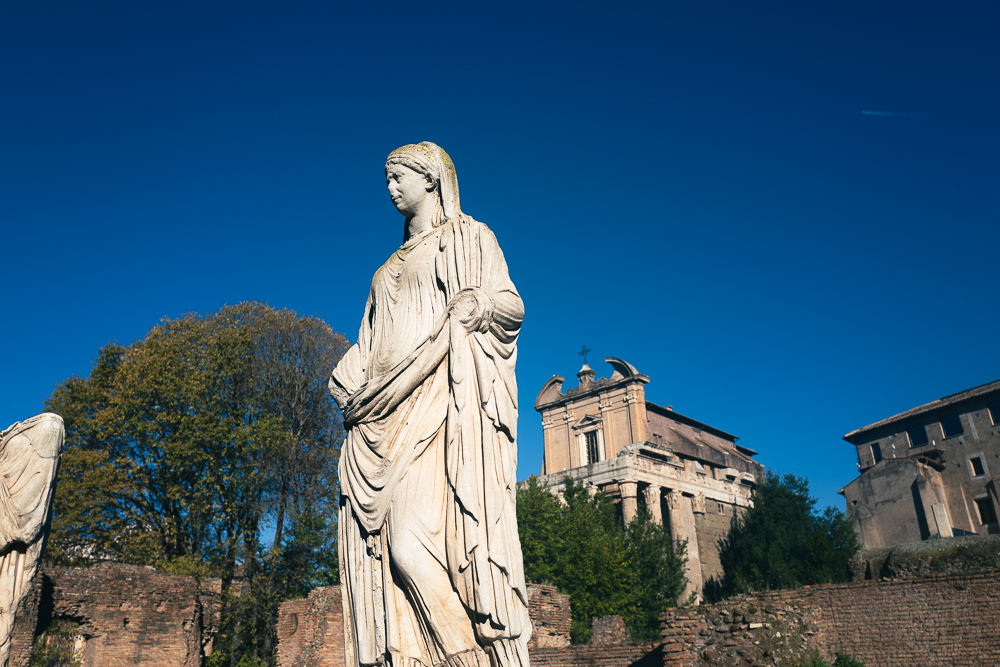
Take full advantage of your travels by planning your tour well. If you plan on visiting Rome & Colosseum on a full day, consider going to Palatine Hill at the coolest time of the day. Bring lunch and enjoy soaring sunlight on the hot summer days.
There is a drinkable drinking fountain at the entrance, so get yourself some water for refilling.
Join a guided tour of the Palatine (including the Roman fortresses and the Colosseum) to gain deeper knowledge.
House of Augustus
The first Roman Emperor erected his villa on the hill of Palatine. It was certainly an impressive structure in its time and we are blessed to have such an abundance of them. In these rooms, the paintings depict second-hand paintings that have been called Second-Style paintings. The most famous second-hand painted paintings can be seen in Pompeian villas.
In Rome, they are seen in Augustus’s house. Second-Style Painting was a popular style between the ages of 80 BC to the beginning of 1100 BC, during Augustus and Livia. Second-style paintings employ Trompelil to create the illusion of a deep architectural element.
Palatine Museum
The Palatine Museum sits at its highest point on the Palatine Hills. I find the place very beautiful.
The Palatine Museum was divided into eras from the most recent to the earliest on the ground floor. The floors of these buildings can actually be looked into and you can see and touch the walls of old Roman buildings.
The museum is very accessible and contains many ancient monument relics as well as beautiful sculptures and remnants.
Domitian’s Palace
Emperor Domitian of the Flavian dynasty built one of the largest palace complexes located on Palatine Hill. But the majority of the things seen do not represent the Palace and are actually buildings containing the Palaces that support them. His castle stretches over most of the Palate Hill and features a large barrel vault and vaulted walls.
The Horti Farnesiani – The Botanical Farnese Gardens
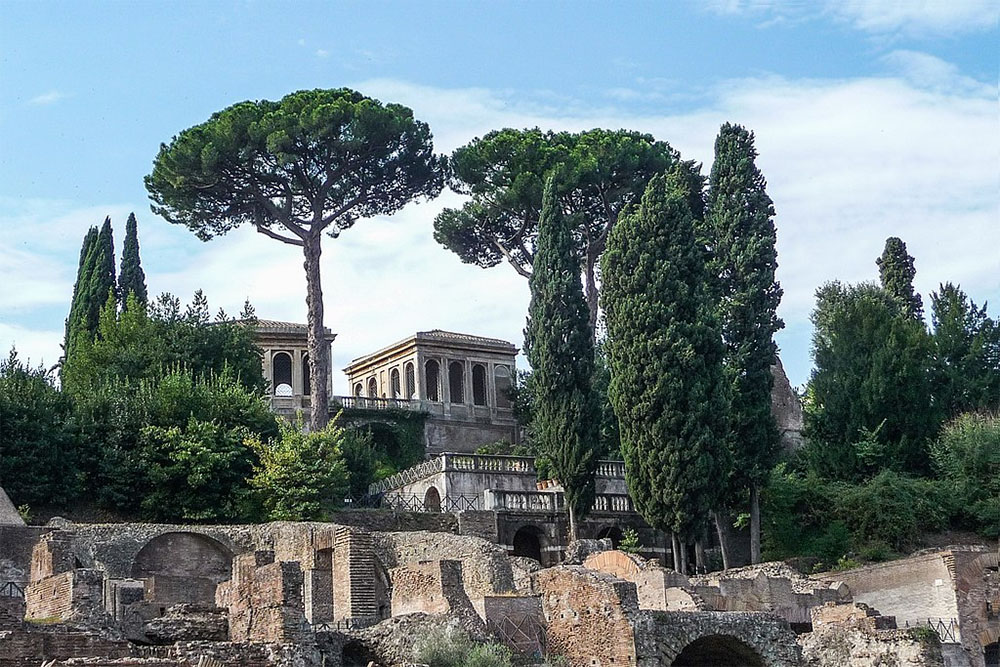
Cardinal Alessandra Farnese built this historic botanical garden in this location on top of the Palatine Hill of Rome. They included numerous flowers, fountains, birds, and caves. The Farnese gardens have been brought to life recently, and we are now able to visit this site.
The Farnese Gardens are among the oldest botanical gardens in Europe and are certainly one of the most beautiful.
Located in the heart of Rome, on Palatine Hill, the gardens were designed in the middle of the 16th century on the ruins of the Palace of Tiberius.
Today, they feature a wide variety of plant life, as well as several fountains and sculptures. So whether you’re a gardener looking for inspiration, or just someone who enjoys strolling through beautiful scenery, be sure to add the Farnese Gardens to your list of must-see attractions in Rome.
Neronian Cryptoporticus
The Palatine Hill is one of the Seven hills of Rome and is most famous for being the location of the imperial palace in ancient Rome. The palace was home to many of the Roman emperors, including Caligula, who was infamously stabbed to death in a cryptoporticus on the hill. Today, visitors can walk through the same cryptoporticus that Caligula was killed in and imagine what life was like in ancient Rome.
Though the exact date of its construction is unknown, it is believed to have been built sometime between 37 and 41 CE. The cryptoporticus is located in the heart of Rome, near Palatine Hill and the Roman Forum. It is believed to be the site of Caligula’s assassination, which took place on January 21, 41 CE. The Neronian Cryptoporticus is a must-see for anyone interested in Roman history or architecture. It is a truly magnificent example of Roman engineering and artistry.
Domitian Fountain (Nymphaeum)
It’s pretty tough to imagine, but that was an integral part of the fountains at the Domitian palaces. The view from above. Check out the walls surrounding the fountain and look for 2000-year-old painting remnants. Since it is impossible to imagine the way these buildings looked below you can view a rendering of the Domitian’s House.
Jove’s Triclinium marvelous marble floor
This section of the Palatine Hill, with its undulating marble floor, was most likely a triclinium, or dining area. This section, along with the oval fountain above it, is part of the Coenatio Iovis, or Jove’s dining area. It is believed that this was an area where the emperor could receive guests. All of this is part of Domitian’s Palace, which was one of the largest palaces built on the Palatine Hill, measuring approximately 50,000 square meters. Today, this area is open to the public and is a popular tourist destination.
One more fountain – made like a labyrinth
Rabiruis’ fountain is one of the many fountains in the domus Flavia at the Palatine Hill in Rome. Although there isn’t much more left of it, it is still an impressive structure.
The Hut where Romulus lived
Romulus is almost surely a legendary character, but in reality the inhabitants of the region lived in the 8th century BC. Augustus if true. He was Romes first Emperor. The reign began in 27 BC until the 14th century. It’s incredible. Octave Augustus himself ordered excavations at the Palatine Hill a long while back. Augustus proclaimed Palatine Hill a birthplace of Rome and therefore of Rome.
Some pretty amazing views
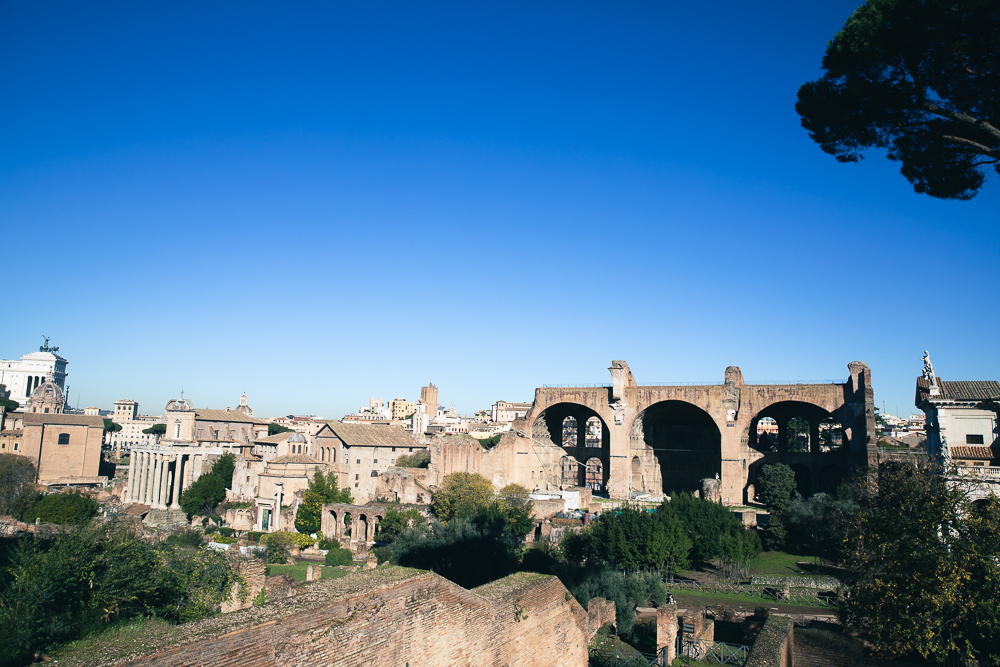
It is possible to view the Colosseum from various angles of the palace hill in Rome. The view from up here differs dramatically from the ground. You can also see the highest dome in the world: Saint Peter’s Basilica.
There are also many day trips you can take from Rome, but if you’re looking for something special, why not visit one of Italy’s many vineyards? Italy is home to some of the best wines in the world, and a day spent touring a vineyard and tasting the different wines on offer is an unforgettable experience.
And of course, no visit to a vineyard would be complete without sampling some of the finest wines Italy has to offer. So if you’re looking for an amazing day trip away from Rome, be sure to add a vineyard visit to your itinerary.
Farnese Rose Gardens
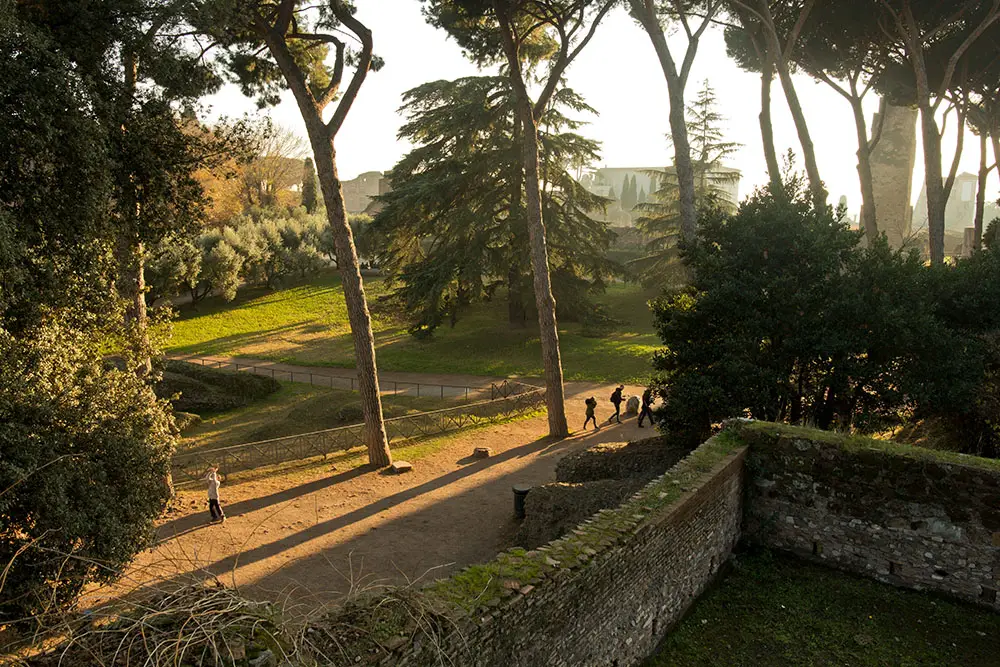
All the way along a bridge from Palatine Hill and just outside the main overlook is a beautiful Rose Garden that was built in Renaissance by Cardinal Farnese.
The Farnese family was one of the most powerful families in Rome during the Renaissance. They were known for their patronage of the arts, and their support of artists such as Michelangelo.
The Farnese Rose Garden is a beautiful example of Renaissance architecture, and it’s definitely worth a visit if you’re on Palatine Hill.
The Domus Flavia’s Elliptical Nymphaeum
Another structure that acted as a fountain. This is amazing, aside from the shape, the marble floor has remained intact.
Domitian’s Hippodrome
The Palatine Hill was once the site of a palace that belonged to the Roman emperor Domitian. While the exact use of this sprawling complex is still a matter of debate, it is clear that the Palatine Hill was a place of great importance to Domitian. The centerpiece of the palace is a massive oval structure that has come to be known as Domitian’s hippodrome. This vast space would have been used for a variety of purposes, including exercise, training, and perhaps even horse racing. Today, the ruins of Domitian’s palace provide a fascinating glimpse into the life of one of Rome’s most powerful rulers.
Colosseum and Roman Forum – skip the line/fast track entrance tickets
Getting out of a Roman Forum line or Palatine Hill line is generally no major challenge, but in the Colosseum, the entrance is different in each case.
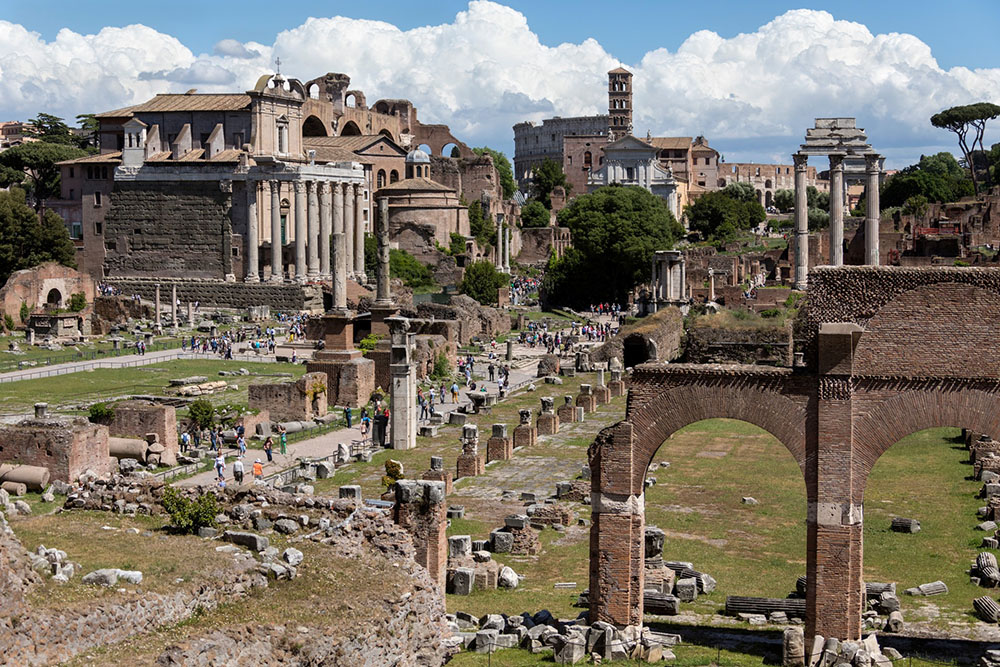
If you’re planning on visiting Palatine Hill during your time in Rome, we’d recommend picking up your tickets in advance. Although you can purchase tickets at the Colosseum, the lines are often quite long. A better option is to head to the ticket desk at the Palatine, which is located on Via di San Gregorio. You can also find a ticket desk near the Roman Forum, at the crossroads of Via dei Fori Imperiali and Via Cavour. Either of these locations will likely have shorter lines than the Colosseum, making it easier and faster to get your tickets.
There’s no two ways about it, the Colosseum, Roman Forum, and Palatine Hill are must-see attractions when you’re in Rome. But dealing with the crowds can be a real pain. That’s why we recommend skipping the line tickets. With these tickets, you can breeze past all the people who are waiting in line and head straight into the action. Trust us, it’s worth every penny.
What’s the best time to visit Palatine Hill?
The Palatine Hill and Roman Forum are both open daily from 8:30am to one hour before sunset. Closing times vary throughout the year, so be sure to check the schedule in advance. Last entry is one hour before closing time.
Palatine Hill tickets, opening hours, and timeslots to be booked in advance
Standard admission passes cover the three main sites: the Colosseum, the Roman Forum and Palatine Hill. Timeslots are now available at the Roman Forums Colosseum/Palatine Hill, and pre-booking a timeslot for Colosseum is more or less a pre-requisite.
Why was Rome built on Palatine Hill?
The Palatine Hill is one of the seven hills of Rome, and it was likely chosen as the site of the city because of its strategic location. The hill provided a natural defense against attack, and it also offered a good view of the surrounding area.

